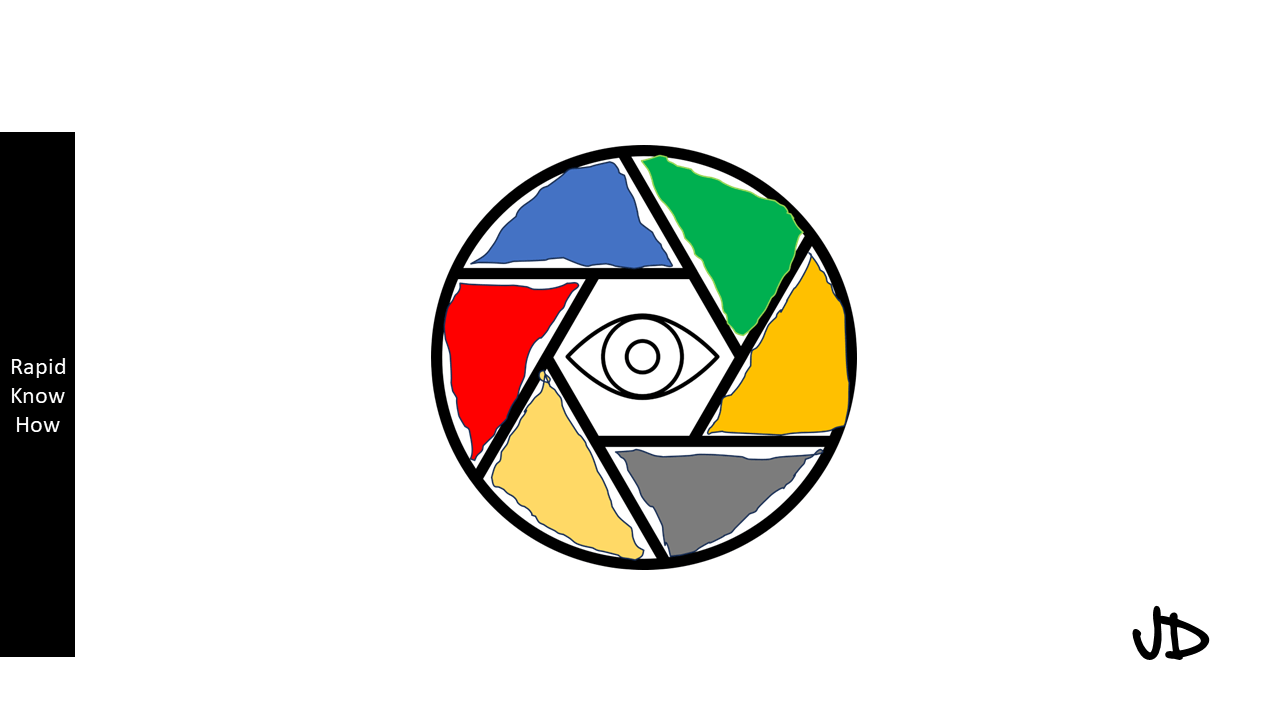Social Engineering is a fascinating and complex field that revolves around the manipulation of individuals, persuading them to divulge confidential information or perform actions that may not be in their best interest. It’s a psychological strategy used in various contexts, from cybersecurity to marketing, and it’s based on understanding human behavior and exploiting it for specific purposes.
To understand how Social Engineering works, we first need to delve into the basic principles of human psychology. People are naturally inclined to trust others, especially those who appear knowledgeable or authoritative. Social engineers exploit this trust by presenting themselves as trustworthy figures or by creating scenarios that trigger emotional responses, such as fear or urgency, which can cloud judgment and lead to hasty decisions.
For instance, in the realm of cybersecurity, a social engineer might send an email posing as a bank representative asking for your account details due to some ‘urgent’ issue. The email might look official and create a sense of urgency that prompts you to act without verifying the authenticity of the message. This is a classic example of phishing, one form of social engineering.
In marketing or sales context, social engineering could involve creating a sense of scarcity (“Only 5 items left!”) or exclusivity (“Be part of our exclusive club”) to prompt customers into making purchases they might not have considered otherwise.
6 Tools for Conscious Persuasion We Should Know
Now let’s talk about ‘Tools for Conscious Persuasion,’ which can be seen as the more ethical side of social engineering. These tools are based on understanding human psychology but are used with the intention of creating mutually beneficial outcomes rather than exploiting individuals.
1. **Reciprocity**: This principle states that people are more likely to give something when they receive something first. In marketing, this could be offering free samples or valuable content in exchange for contact information.
2. **Commitment and Consistency**: Once people commit to something, they’re likely to stick with it for the sake of consistency. This can be leveraged by getting small commitments first which can lead to bigger ones later.
3. **Social Proof**: People tend to do what others are doing. Testimonials and reviews are powerful tools that provide social proof and can influence decision-making processes.
4. **Authority**: People respect authority and are more likely to follow suggestions or advice from authoritative figures or experts in a particular field.
5. **Liking**: We’re more likely to be persuaded by people we like or find attractive. This can be leveraged by building rapport with your audience or presenting your message in a likable manner.
6. **Scarcity**: As mentioned earlier, creating a sense of scarcity can prompt quick decisions. However, it’s important this tool is used ethically and truthfully.
In conclusion, Social Engineering is all about understanding human behavior and using this knowledge to influence decisions and actions. While it can be used maliciously, understanding these principles also allows us to use ‘Tools for Conscious Persuasion’ ethically in our personal lives and professional endeavors.
